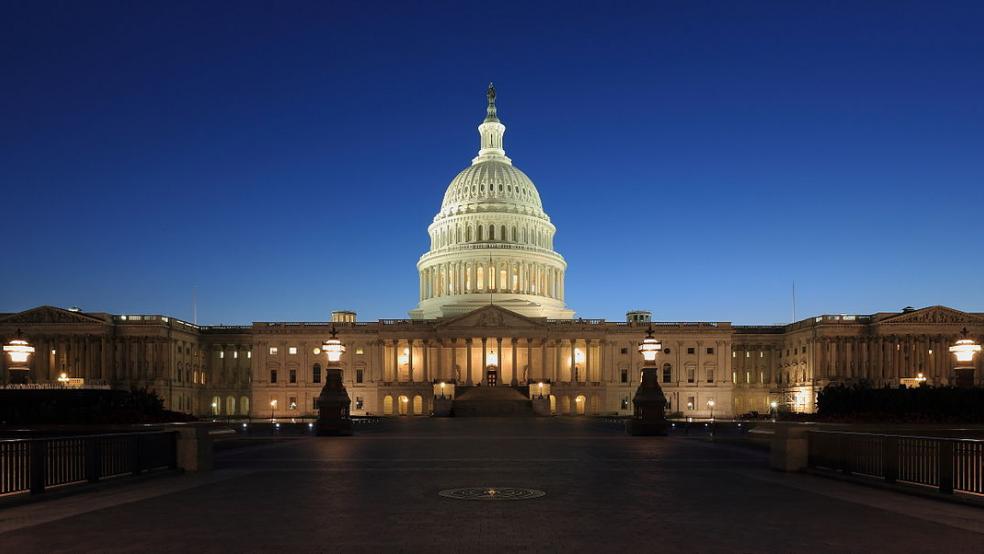The Treasury Department announced Friday that the federal budget deficit totaled $666 billion in fiscal 2017, up $80 billion from 2016 — and the outlook for annual deficits is only getting worse. Economists at Goldman Sachs just increased their deficit forecasts for the next few years “to reflect the effect of disaster spending, expected tax cuts, and an increase in spending caps.”
Goldman now projects the deficit to reach $750 billion in 2018, or 3.7 percent of GDP, up from 3.5 percent this year. Goldman sees the deficit rising to $900 billion (4.3 percent of GDP) in fiscal 2019 and $1.025 trillion (4.7 percent of GDP) in 2020. The estimates are $50 billion higher than Goldman’s previous forecast for 2018, and $75 billion higher for each of the following two years. They are also significantly higher than the Congressional Budget Office’s most recent projections, released in June, which said the deficit wouldn’t reach $1 trillion until 2022 — though those baseline estimates assume that current tax and spending laws won’t be changed.
Budget expert Stan Collender also says we’re racing toward 13-figure annual deficits. “The spending and taxing policies about to be put in place by the Trump administration and the Republican-controlled Congress will balloon the federal deficit to $1 trillion or more every year going forward,” he writes at Forbes. “And unlike the four consecutive $1 trillion deficits recorded during the first years of the Obama administration, these trillion-dollar annual deficits will be the result of enacted changes in federal spending and taxing rather than on a temporary economic downturn. Some of these changes will be permanent. Others will need to be reapproved annually but are unlikely to be rejected in the future.”
In other words, barring a drastic change to the tax cut plan Republicans have put forth or an unforeseen focus on spending cuts and entitlement reforms, “the Trump/GOP-supported $1 trillion budget deficits are the new normal.”
And the real deficit outlook could be significantly higher than that, Collender warns. “If the economy doesn't grow as fast as Trump is promising, additional Pentagon spending is needed for military reasons and interest rates rise more than anticipated because of the increased federal borrowing, consecutive deficits between $1.2 trillion and $1.5 trillion are not out of the question.”





